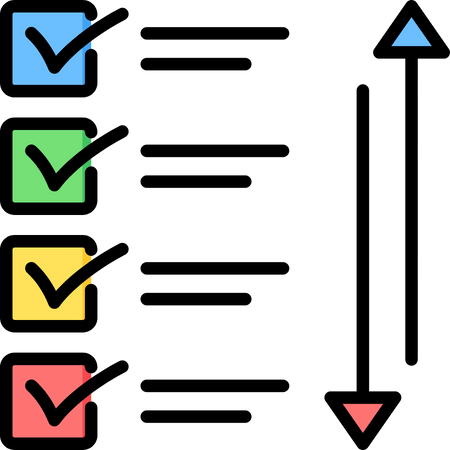Ever had a week where everything seemed under control on Monday, but then things escalated into huge chaos on Thursday? And then you are there racing to meet the deadline, juggling tasks and shifting priorities. Could more meetings or working harder have prevented it? Probably not.
Most teams think this is just part of work. But in reality, it could have been avoided with proper planning. Predictive planning is the solution to this problem, allowing you to see bottlenecks and potential challenges that could affect project execution.

1. Predictive Planning Starts With Real Visibility
Planning only works if you have accurate information. Many teams try to plan using spreadsheets, outdated reports, or a mix of tools. The result? You think a team member has capacity, but they’re already overloaded. You think a project is on track, but there are many hidden dependencies and bottlenecks you didn’t notice.
Predictive planning changes this. It uses workload and capacity data to forecast where things might go off track. Tools like CapaPlanner give you a clear overview of who’s available, what’s in progress, and where potential risks are.
With this visibility, managers can make proactive decisions: shift tasks, balance workloads, or communicate potential delays to clients before it is too late. The difference between proactive adjustments and reactive firefighting can be a matter of hours or days, but the impact is huge.

2. Stop Guessing, Start Forecasting
One of the biggest mistakes managers make is assuming availability. They check the calendar and they see some “capacity” left and assume the person is free to take the new project. In reality, there are meetings, prep tasks, small interruptions, and unexpected client requests that could be taking most of this person’s time.
Predictive planning considers all these “invisible” parts of work. It helps you understand not just what’s assigned, but what can realistically be done. In addition, it reduces last-minute surprises and keeps projects moving smoothly.
Imagine your designer assigned to a key project will be off for some time.
With predictive planning, you could know this information weeks in advance, which gives you enough time to move deadlines, assign alternate resources, or communicate with the client. With reactive planning, you would realise it a day or two before and would have to stretch your resources too thin, putting other projects and deadlines at risk too.

3. Create Predictability for Your Team
A reactive work culture is exhausting. Teams constantly jump from one fire to the next, leaving little space for focus or planning. Predictive planning creates stability in the company. When workloads are visible and forecasted, employees know what’s coming and don’t feel overwhelmed. They can organize their week, prepare for upcoming tasks, and even speak up if something feels off.
This predictability increases efficiency but also creates trust. Teams stop feeling like they’re in a constant crisis response mode.


4. Forecasting Helps Prioritize the Right Work
Not all tasks are equally important, and not every deadline is urgent. These are key lessons managers need to understand. Predictive planning gives teams a way to organize work based on real capacity and project priority.
When you can see potential clashes or overloaded team members in advance, you can:
- - Delay lower-priority tasks
- - Assign resources more strategically
- - Negotiate deadlines with stakeholders
- - Avoid unnecessary overtime
By planning ahead, you keep the focus on what truly matters and prevent small issues from wasting most of your team’s time.


5. Make Predictive Planning a Habit
Predictive planning shouldn’t be something you do once and forget about it later. You need to make it a habit, and only then will you notice its full benefits. Weekly reviews, clear workload visibility, and forecasting help you see the next 2–6 months clearly. Such small, proactive steps create a big impact: fewer bottlenecks, better communication, and a team that actually feels in control of their work.

A predictive mindset, combined with the right tools like CapaPlanner, turns chaos into clarity.
When predictive planning guides your team’s workflow, surprises are minimized, priorities become clearer, and everyone can focus on delivering high-quality results without constant stress.




